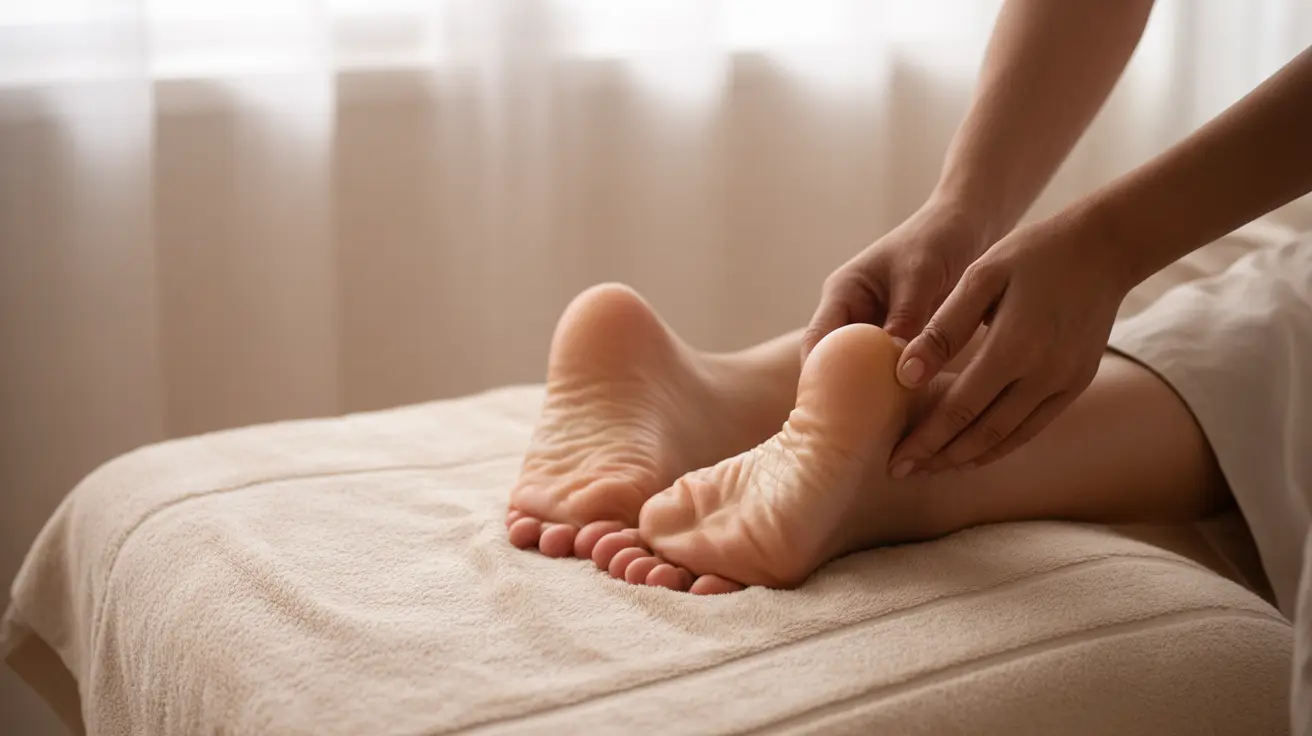Reflexology is a holistic healing practice that has gained significant recognition for its potential to promote wellness and relaxation through targeted pressure point stimulation. This ancient therapeutic technique focuses on specific points in the feet, hands, and ears that correspond to different organs and systems throughout the body, offering a natural approach to maintaining health and managing various conditions.
Understanding how reflexology works and its potential benefits can help you make informed decisions about incorporating this complementary therapy into your wellness routine. Let's explore the fundamental principles, benefits, and important considerations of reflexology treatment.
Understanding Reflexology's Core Principles
At its foundation, reflexology operates on the principle that specific points on the feet, hands, and ears connect to other areas of the body through energy pathways. When a trained practitioner applies precise pressure to these points, it may help restore balance and promote healing in corresponding body parts and systems.
The practice involves using specific thumb, finger, and hand techniques to stimulate these reflex points, potentially triggering the body's natural healing responses and promoting relaxation responses in the nervous system.
Benefits of Reflexology Treatment
Physical Benefits
Reflexology has been associated with several physical health improvements:
- Reduced muscle tension and stress
- Enhanced circulation
- Improved sleep quality
- Better nerve function
- Increased energy levels
- Pain relief in various body parts
Mental and Emotional Benefits
The practice also offers significant psychological advantages:
- Reduced anxiety and depression symptoms
- Improved mood
- Enhanced mental clarity
- Better stress management
- Deeper relaxation response
What to Expect During a Reflexology Session
A typical reflexology session begins with a brief health assessment and discussion of your specific concerns. The practitioner will then have you lie down or sit comfortably while they work on your feet, hands, or ears. Sessions usually last between 30 to 60 minutes, during which you may experience:
- Deep relaxation
- Tingling sensations
- Temporary discomfort in targeted areas
- Emotional release
- Energy shifts
Safety and Contraindications
While reflexology is generally safe for most people, certain individuals should exercise caution or avoid treatment:
- Pregnant women (especially in the first trimester)
- People with blood clotting disorders
- Those with foot injuries or infections
- Individuals with severe circulatory problems
- People with certain types of cancer
Maximizing the Benefits of Your Treatment
To get the most out of your reflexology sessions:
- Stay hydrated before and after treatment
- Avoid heavy meals before sessions
- Wear comfortable, loose clothing
- Schedule sessions at times when you can rest afterward
- Maintain regular sessions for optimal results
Frequently Asked Questions
What is reflexology and how does it work to improve health and relaxation? Reflexology works by applying pressure to specific points on the feet, hands, and ears that correspond to different body systems. This pressure stimulates the body's natural healing mechanisms and promotes relaxation through the nervous system's response.
What are the main benefits of reflexology for pain, stress, and chronic conditions? Reflexology can help reduce pain by improving circulation and nerve function, lower stress through relaxation responses, and manage chronic conditions by supporting the body's natural healing processes. It's particularly effective for reducing tension headaches, improving sleep, and enhancing overall well-being.
Is reflexology safe, and who should avoid reflexology treatment? Reflexology is generally safe, but certain groups should avoid it, including those with serious foot injuries, blood clotting disorders, and pregnant women in their first trimester. Always consult your healthcare provider before starting treatment, especially if you have underlying health conditions.
Can reflexology help with specific health issues like arthritis, anxiety, or cancer symptoms? Research suggests reflexology may help manage symptoms associated with arthritis, anxiety, and cancer treatment side effects. While it's not a cure, it can complement traditional medical treatments and provide relief from pain, stress, and anxiety.
What should I do or avoid after a reflexology session to get the best results? After a session, drink plenty of water, avoid strenuous activity, and take time to rest. Skip alcohol and heavy meals for the remainder of the day, and pay attention to your body's responses. Many people benefit from scheduling regular sessions to maintain results.




